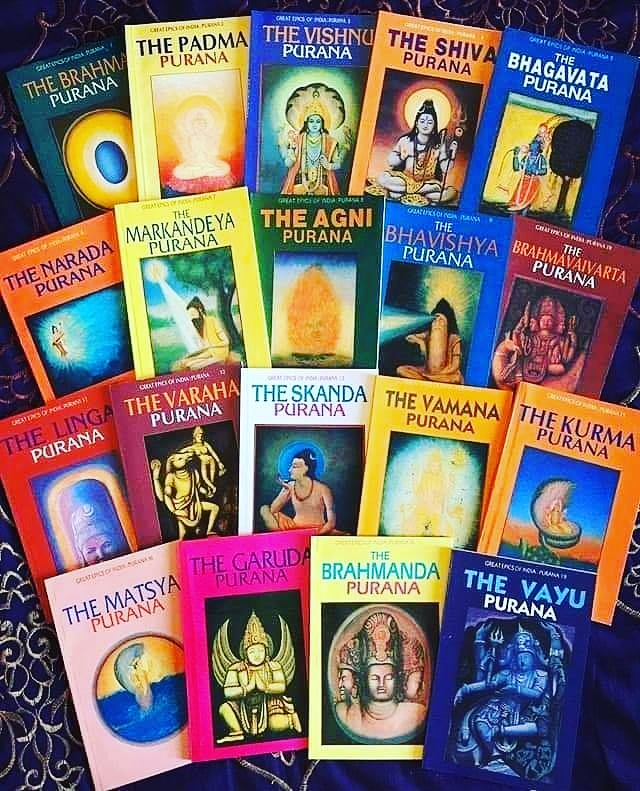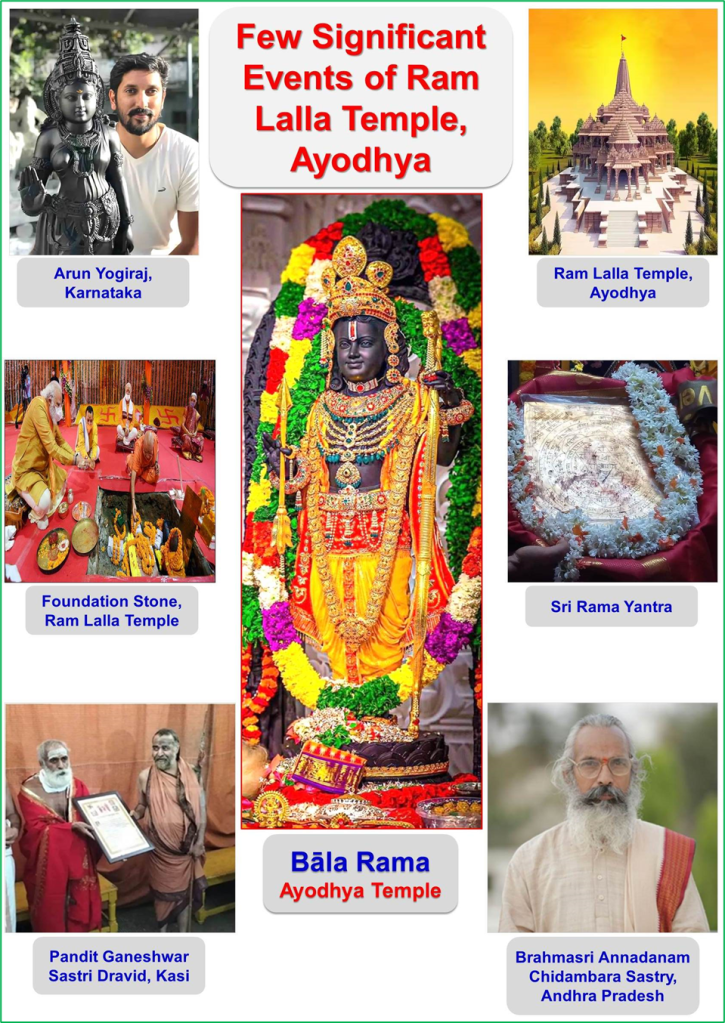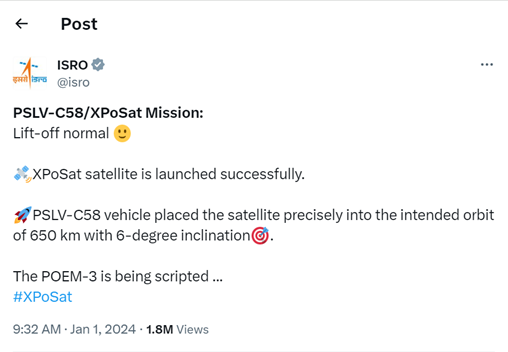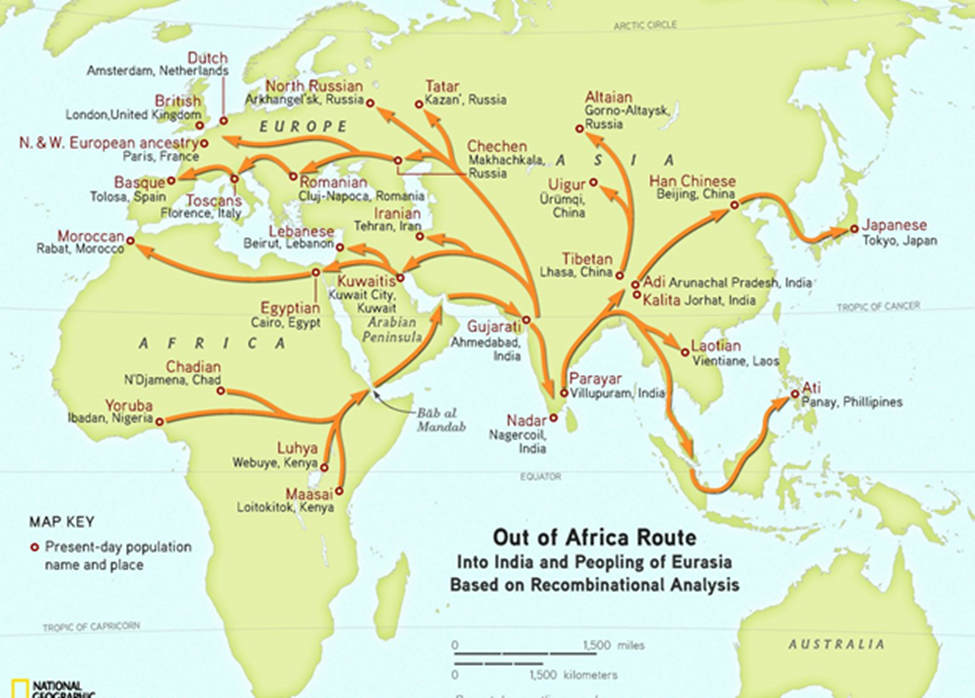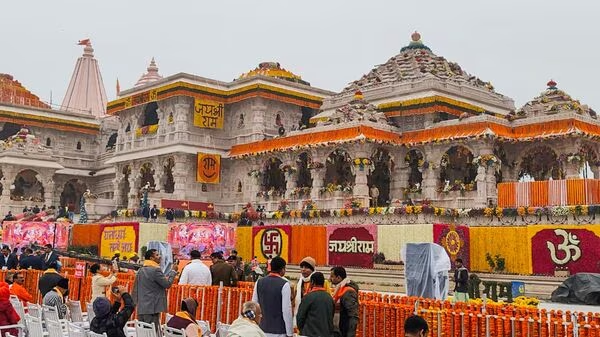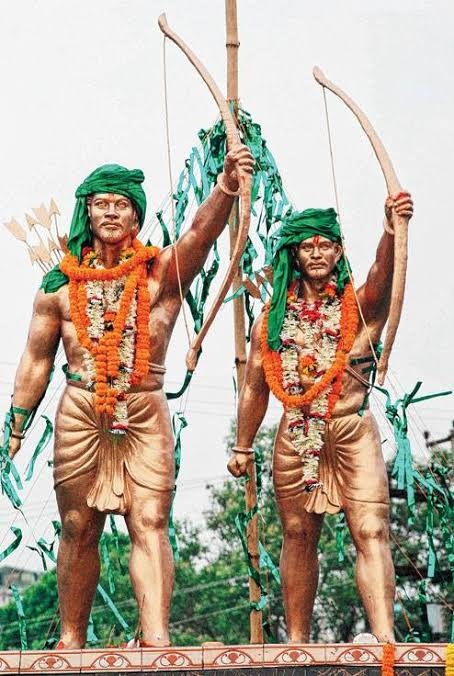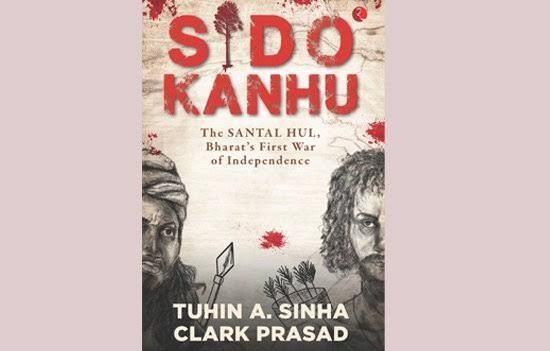Series on Shiva the Supreme!
(This series is designed in a dramatic conversation format, the selected important information on Lord Shiva as it is available in several related Pauraṇic, Upaniṣadic and Vedic Sūkta literature. This episode is mainly based on information in the ‘Rudra Samhitā’ section of Shiva Purāṇa text)
Śaunakādika: Respected Sūta Mahāṛṣi, thanks for the information about a) the Vedopaṇiśadic concept represented by lord Shiva and b) some important methods useful for pleasing Lord Shiva such as i) performances called as his ‘vrata’s (meaning tools to wrap and grab him via miniature forms of penances or ‘Tapācharaṇa’s’) and ii) five to 16 step procedures of worships to honour and please him. Now please tell us about some other information about Lord Shiva.
Sūta (alias Romaharṣaṇa): Once sage Nārada was pondering about his own self achievements and progress in spiritual path. Lord Kāmadeva (representing the divine capability to make a wish or ‘Desire’ about possessing or witnessing ‘something’), is considered as the son of Lord Viṣṇu and Goddess ‘Lakṣmi’. To have a full mental control over this divine capability, is considered as a very difficult task achievable by saints and sages of highest order of spiritual status and emotional detachment. Somehow, Nārada in his wrong self over assessment, strongly felt that he had achieved these rare spiritual feet of ‘mental control’ representing a ‘win over Kāmadeva’.
Happily, he hurriedly went to ‘Kailāśa’ and told Lord Shiva about his own opinion on his spiritual achievement of mental self-control representing his ‘win’ over Lord ‘Kāmadeva’. Lord Shiva was amused and laughed heartily and realized that ‘self-pride’ (garva, durahankāra) had overtaken the ‘commonsense’ and ‘humbleness’ in the mental sheath (‘manomaya Kośa’) of the sage. Therefore, Lord Shiva (outwardly) congratulated Nārada over his self-assessment of spiritual progress and advised him to keep it confidential and not to tell this to anybody else, especially Lord Viṣṇu. Sage Nārada however did not take this advice seriously. On the contrary, like a child, he straightaway got inclined to do what he was advised to avoid.
From ‘Kailāśa’, Nārada straightaway went to ‘Vaikuṇṭha’ the abode of Lord Viṣṇu and described about his claim of having achieved the rare mental control and victory over Lord ‘Kāmadeva’. Lord Viṣṇu in reply, mockingly congratulated him on one hand but cunningly created a hypnotic false stage around sage Nārada. As the sage came out of ‘Vaikuṇṭha’, Nārada entered this illusive dramatic atmosphere created by Lord Viṣṇu, which was similar to an experience in a ‘dreaming state’. There, he saw a kingdom ruled by the king ‘Śīlanidhi’ who welcomed and honored sage Nārada with great respect. His daughter princess ‘Śrīmati’ was extremely attractive and extraordinarily beautiful. King ‘Śīlanidhi’ told Nārada that he was soon organizing the program where she was going to get married by the ‘svayamvara’ (self-selection) process. In this process, the princess with a garland of flowers in her hand, was supposed to choose the most impressive ‘Personality’ in the ‘Svayamvara’ program assembly and garland the person chosen by her for getting married.
Nārada was unaware of this ‘Māyā’ meaning a false and non-existing ‘illusive stage’ created by Lord Viṣṇu, in which he had got trapped. His mind got possessed by a strong desire to get selected and married by the extraordinarily beautiful Princess ‘Śrīmati’. This strong desire born in his mind was a clear indication that he had not reached the spiritual status of ‘win over Lord Kāmadeva’. Nārada hurriedly went back to ‘Vaikuṇṭha’ and requested Lord ‘Hari’ alias ‘Viṣṇu’ to give him in boon, a ‘handsome personality like himself’. Lord Viṣṇu mockingly granted the boon that he will look like ‘Hari’ which is one of the thousands of names of Lord Viṣṇu. Each name of a Vedic God is actually a characteristics or description of some action, activity carried out by that God. e.g. a) ‘Keshava’ means the divine power which has killed the demon ‘Keshi’, b) ‘Gopāla’ means a cowherd taking care of cows and c) ‘Mādhava’ or ‘Madhusūdana’ both names mean the divine power which has killed the demon ‘Madhu’ etc.

Nārada thought that he had received the boon to look like handsome Lord ‘Hari’ alias Viṣṇu. Unless seen in a mirror, nobody knows how exactly his or her face is looking at any instant. Therefore, Nārada got into a mental illusion that he must now be looking as handsome as Lord Viṣṇu. However, the word ‘Hari’ also meant like a ‘Monkey’. Lord Viṣṇu in his jocular mood had actually used his powerful ‘Māyā’ to make sage Nārada’s face to look like a ‘Monkey’. Sage Nārada unaware of this trick played on him by Lord Viṣṇu, attended the marriage of that illusive princess ‘Śrīmati’. There, he noticed that all persons in the assembly were looking at him in great amazement and smiling heartily. All were actually laughing at his face looking like a Monkey. However, sage Nārada thought that they were getting impressed by his handsome personality similar to Lord Viṣṇu. Soon, Lord Viṣṇu himself came there and the princess pleased by his handsome personality, garlanded him and got married to Lord Viṣṇu. Sage Nārada wondered about what went wrong with him and had a look at himself in a mirror. Immediately, he realized that Lord Viṣṇu had played a dirty trick on him and given him the face of a monkey. Raging with anger, sage Nārada went to ‘Vaikuṇṭha’ and cursed Lord Viṣṇu that he will suffer parting away (viyoga) from his wife ‘Sītā’ and will be forced to take the help of monkeys to fight a war against the abductor demon Rāvaṇa, during his human incarnation as Lord ‘Rāma’.

After listening to these angry outbursts and curses from sage Nārada, Lord Viṣṇu calmly pointed out to him that he had neither won control over ‘Kāmadeva’ (making ‘Desires), nor had he conquered ‘Anger’ (Krodha). Excited by these bad emotions he had himself suffered from sorrowful conditions and had even cursed Lord Nārāyaṇa, his most beloved and respected God. He should therefore carry out a pilgrimage of holy places of Lord Shiva and get blessings and guidance from the holy presence of Lord Shiva at such special locations, for cleansing his mind and for ensuring his proper progress on the spiritual path of self-moral-upgradation. Nārada as per this advice, visited several important ‘Śaiva’ pilgrimage centres like Somanātha, Kāshī, Rāmeśvara, Shrīśailam etc. to get blessed by Lord Shiva and to improve his spiritual status.
Śaunakādika: Dear Sūta ji, it was interesting to know about the suffering of sage Nārada because of his discarding and ignoring the wise advice given to him by Lord Shiva. Now please tell us about why is Lord Shiva called as ‘Rudra’.
Sūta: The meaning of the verb ‘rud’ is to ‘cry’. Therefore, ‘Rudra’ literally means a) one who is crying himself or b) one who causes ‘crying’ around his location. Lord Shiva spent a lot of time in wandering all over Indian subcontinent with the dead body of ‘Satī’ over his shoulders and crying over her unfortunate death. This episode is one of the reasons to call Lord Shiva as ‘Rudra’ meaning a crying personality.

Further, he is recognized as the power which causes ‘Laya’ meaning dissolution of each and everything that gets born in this Universe. This ‘Laya’ obviously causes apparent destruction or death or end of every existence which gets born. Therefore, this activity also causes ‘crying’ like emotions among the sufferers (e.g. close relatives and friends of the dying personality). Moreover, when in anger, and while fighting a fierce war, Lord Shiva is known to look so fearfully terrible that the enemies and their relatives can feel like crying (due to auto triggering of that emotion by the fearful appearance of Lord Shiva).
(to be continued….)
Dr. Dhananjay B. Ghare, Former Scientist, Indian Institute of Science, Bengaluru



